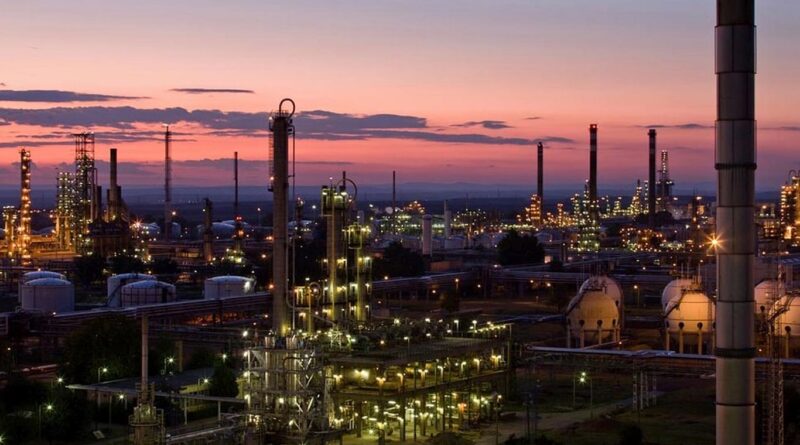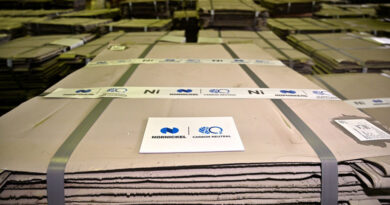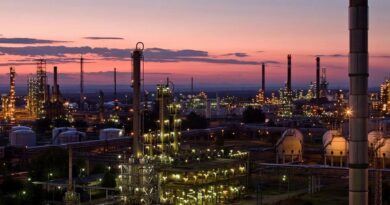Danube refinery starts producing biofuel
Following several years of research and development MOL has stepped up the value chain and has become a biofuel producer, through the realization of an investment in the Danube Refinery. Bio feedstock will be co-processed together with fossil materials increasing the renewable share of fuels and reducing up to 200,000 tons /year CO2 emission without negatively affecting fuel quality.
During co-processing at the Danube Refinery, bio-feedstock is processed together with the fossil material in the production of diesel fuel. Vegetable oils, used cooking oils and animal fats can also be used for this purpose. As a result, the produced gasoil is partly renewable, without any quality changes compared to diesel produced entirely from crude-oil.
The main advantage of this innovative method is that the resultant biodiesel can be still blended with a maximum 7 percent of bio-feedstock based fuel, in line with diesel standards, allowing the bio-share of the gasoil to be higher.
One of the main goals of the European Union, and MOL Group, is to achieve net-zero CO2 emissions by 2050. The renewable share obligations of transportation fuel are continuously increasing, accordingly the biocomponent content expectations have also increased across MOL Group’s fuel markets, which have so far been met mainly by blending bioethanol and biodiesel.
MOL started co-processing as an R&D project in 2012 based on the research results of Pannon University. Types and quality requirements of processable raw materials were determined and the investment was launched in 2018. This included the necessary infrastructure development for storing and processing the new bio-materials. The trial operation of the new process started in March 2020 and has been operating regularly since May.
The bio-component produced using this process has significantly higher CO2 saving potential than other type of biofuels produced from the same feedstock. This project means that up to 200,000 tons of annual CO2 emission will be cut, equivalent to a city of 200.000 inhabitants entirely switching to solar energy for heating. The target is to further expand the type of waste that can be used as feedstocks in the processing to achieve even better CO2 savings from the product.




